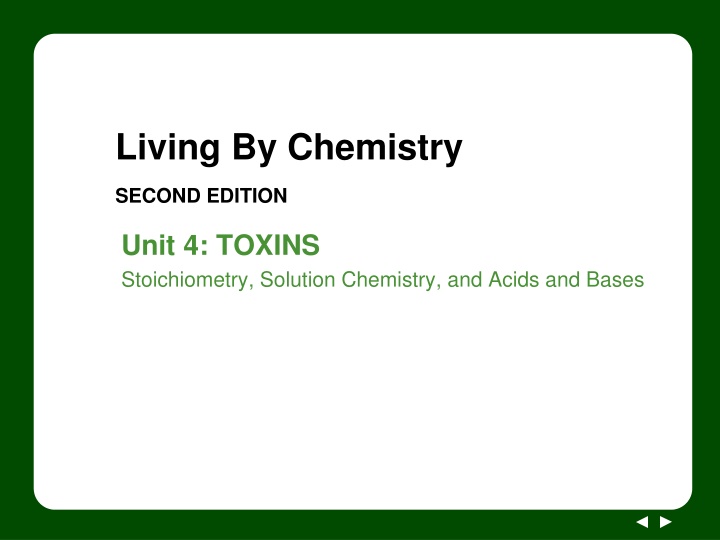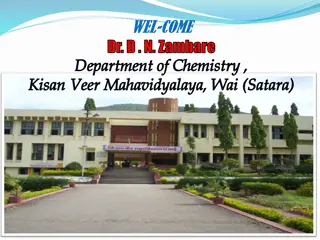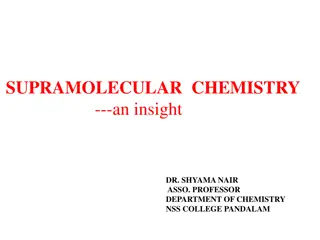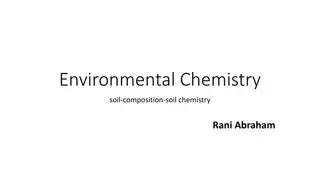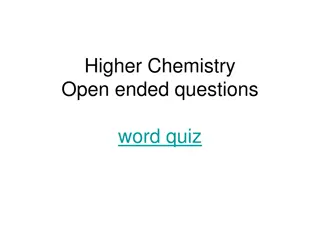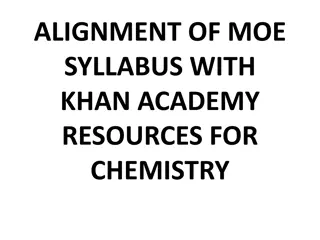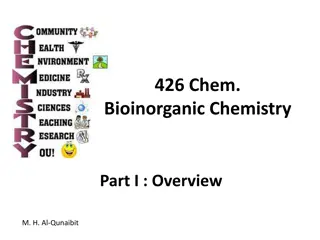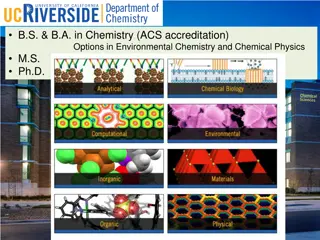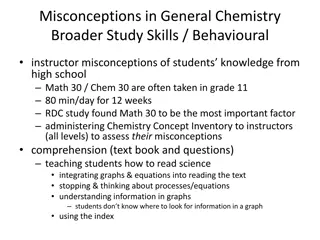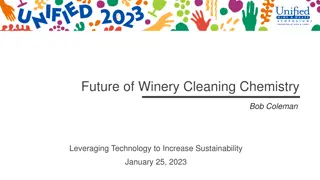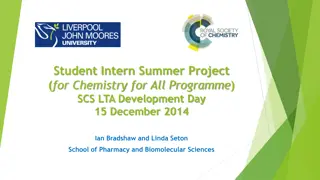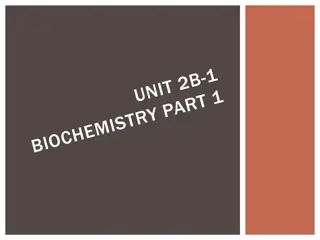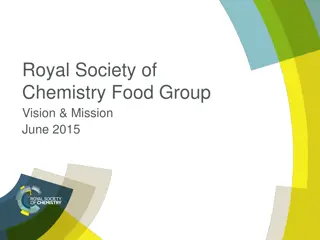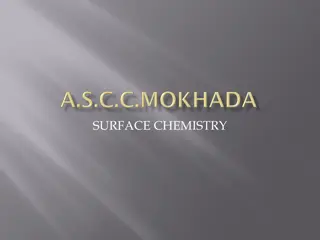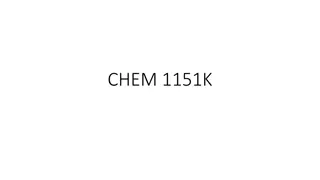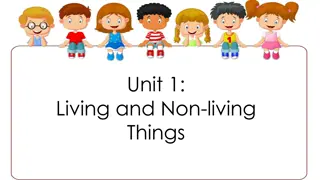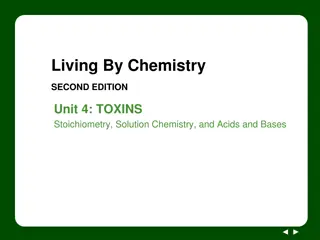Living By Chemistry
In this chemistry lesson, explore the law of conservation of mass through various reactions and observations. Understand how mass remains constant in physical and chemical changes, and that matter cannot be created or destroyed. Discover the significance of gases having mass and how individual atoms are conserved in reactions.
Download Presentation

Please find below an Image/Link to download the presentation.
The content on the website is provided AS IS for your information and personal use only. It may not be sold, licensed, or shared on other websites without obtaining consent from the author.If you encounter any issues during the download, it is possible that the publisher has removed the file from their server.
You are allowed to download the files provided on this website for personal or commercial use, subject to the condition that they are used lawfully. All files are the property of their respective owners.
The content on the website is provided AS IS for your information and personal use only. It may not be sold, licensed, or shared on other websites without obtaining consent from the author.
E N D
Presentation Transcript
Living By Chemistry SECOND EDITION Unit 4: TOXINS Stoichiometry, Solution Chemistry, and Acids and Bases
Lesson 71: Some Things Never Change Conservation of Mass
ChemCatalyst Consider this reaction: Na2CO3(aq) + CaCl2(aq) 2NaCl(aq) + CaCO3(s) a. Describe what you will observe when sodium carbonate, Na2CO3(aq), and calcium chloride, CaCl2(aq), are mixed. b. Will the mass increase, decrease, or stay the same after mixing? Explain.
Key Question How does mass change during a chemical or physical change?
You will be able to: provide evidence that supports the law of conservation of mass
Prepare for the Lab Work in groups of four.
Discussion Notes In the first and second procedures, the mass of the reactants is equal to the mass of the products. In the third procedure, the measured mass decreases slightly because a gas escapes. Matter can be neither created nor destroyed in physical and chemical changes. On the planet there is essentially an unchanging number of atoms.
Discussion Notes (cont.) Mass and weight have different meanings. Because a sample of gas does not appear to weigh much, it is tempting to conclude that gases do not have mass.
Wrap Up How does mass change during a chemical or physical change? Individual atoms are conserved in chemical reactions and physical changes: The number of atoms of each element remains the same from start to finish. Mass is conserved in chemical reactions: The total mass of the products equals the total mass of the reactants.
Wrap Up (cont.) The law of conservation of mass states that matter can be neither created nor destroyed in physical and chemical changes. Matter is conserved. Gases have mass.
Check-In Consider this reaction: CuCO3(s) + H2SO4(aq) CO2(g) + CuSO4(aq) + H2O(l) a. Describe what you will observe when copper (II) carbonate, CuCO3(s), and sulfuric acid, H2SO4(aq), are mixed. b. Will the mass increase, decrease, or stay the same after mixing? Explain.
